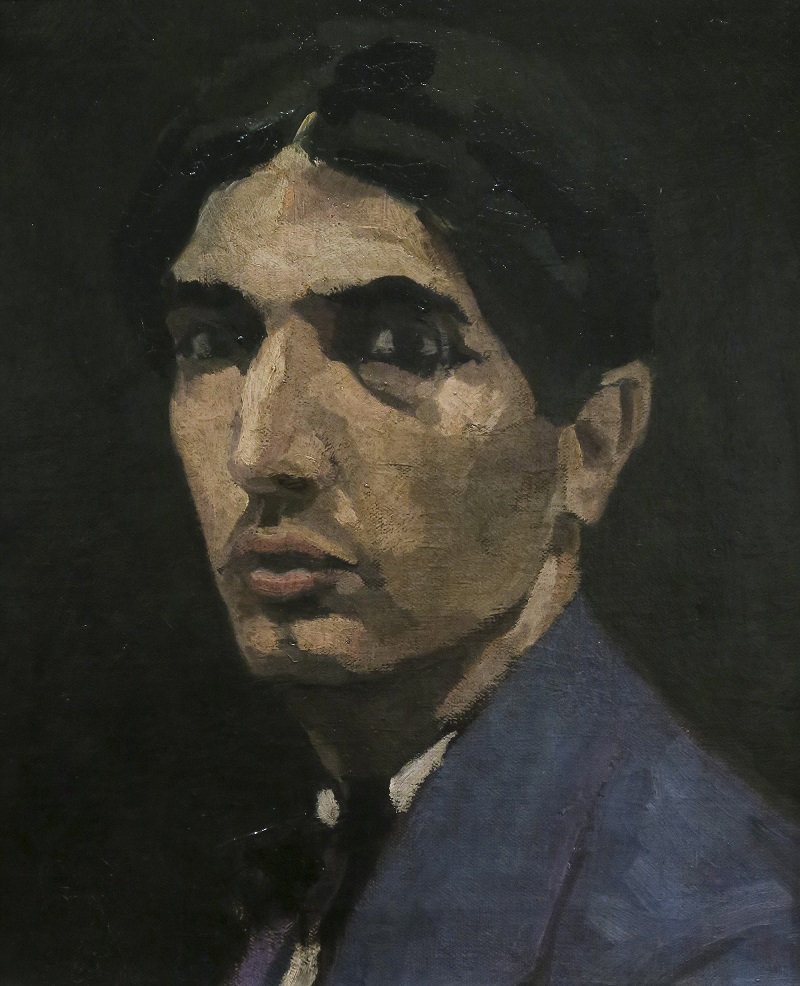Armando Pereira de Basto was born in Porto on 26 May 1889 and died in Braga in 1923. Between 1903 and 1910 he attended drawing, sculpture and architecture classes at the Academia Portuense de Belas Artes.
His rebellious and non-conformist temperament resulted in poor academic results, and he didn’t complete the course at the Academy. Between classes and bohemian socialising with friends, Armando de Basto developed an intense activity in the field of caricature and humorous drawing, showing great originality and talent. In those years that preceded and prepared the Republic, he socialised with young artists, writers and journalists, a group of bohemian dreamers who met at the Chaves café in Porto, a favourite meeting place.
His talent as a ” writer with a pencil”, as Cristiano de Carvalho used to call him, grew in the midst of this tertulia. He published several humorous “sheets” and newspapers: Lúcifer, Monóculo, Careca and Corja. He also collaborated with various magazines and periodicals and left numerous drawings in all of them. It was as a result of this activity that he organised his first solo exhibition in Porto in 1910, entirely dedicated to humorous drawings, caricatures and compositions: he was interested in political facts, local events and street people.
Encouraged by the success of the exhibition, he decided to leave for Paris, one of his greatest ambitions, with the aim of studying architecture. An inseparable friend of Diogo de Macedo, he also came into contact with Aquilino Ribeiro, Mário de Sá-Carneiro, the painter Ferreira da Costa who had portrayed him, Santa Rita, Manuel Jardim, José Pacheco, among many others.
In Paris, he continued his activity as a caricaturist, even exhibiting at the Salon des Humoristes and collaborating with specialised newspapers. He began painting around 1913, encouraged by friends who offered him canvases, paints and brushes. His first model was Diogo de Macedo and portraiture was one of the genres he practised most.
Armando de Basto is represented in the collection of the Soares dos Reis National Museum by nine paintings, some of which are on the long-term exhibition.
Image Credits: Oil on canvas Self-portrait by Armando Basto, 1917. @Museu Nacional Soares dos Reis

